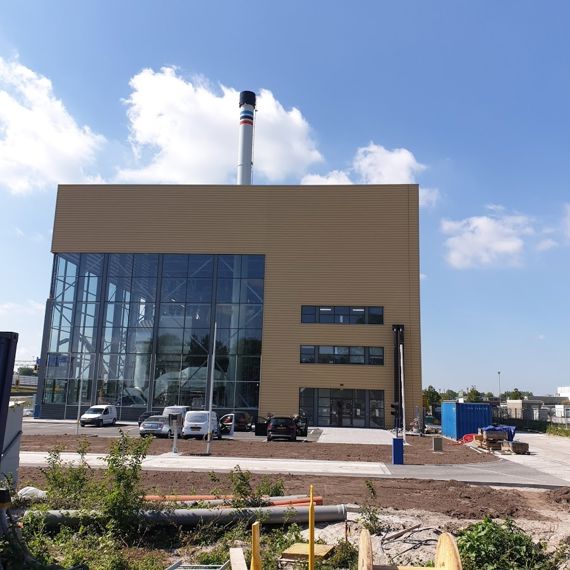News
First heat from bio-energy plant to households in Amsterdam

AEB Amsterdam's new Bio-energy plant will supply the first heat to the Amsterdam district heating network from July 15th. This state-of-the-art power station, the construction of which began in 2018, is running almost at full capacity. It will soon supply around 30,000 households with heat from low-grade wood waste, enabling them, for example, to take a hot shower and turn on the heating in winter.
With the Bio-energy plant, AEB Amsterdam is contributing to the climate goals of the Netherlands. In ten years' time, in 2030, the Netherlands will be committing itself to reducing CO2 emissions by more than 50% in order to slow down global warming. Biomass plays an important role in making energy production more sustainable. For the next 12 years, the power station offers an interim solution in the transition to full alternative energy generation. According to the latest report of the Economic and Social Council, bio-based raw materials will continue to play an essential role in that transition.
The Bio-energy plant converts up to 100,000 tonnes of low-grade prunings and waste wood per year into sustainable energy for Amsterdam. This is wood that is not suitable for high-grade applications such as paper production or wood processing. The branches, twigs, small chips and sawdust residues come from landscape management and woodworkers within the Dutch borders. This guarantee is laid down contractually in the agreements with the suppliers. The Bio-energy plant uses a special analysis device to check the quality of the low-grade waste wood.
At the beginning of June of this year, the plant was tested and blew off steam for the first time. The plant passed the test phase well. In a few days' time, the Bio-energy plant will be operating 24 hours a day, with electricity being generated from September onwards. This is supplied to the Dutch electricity network.



